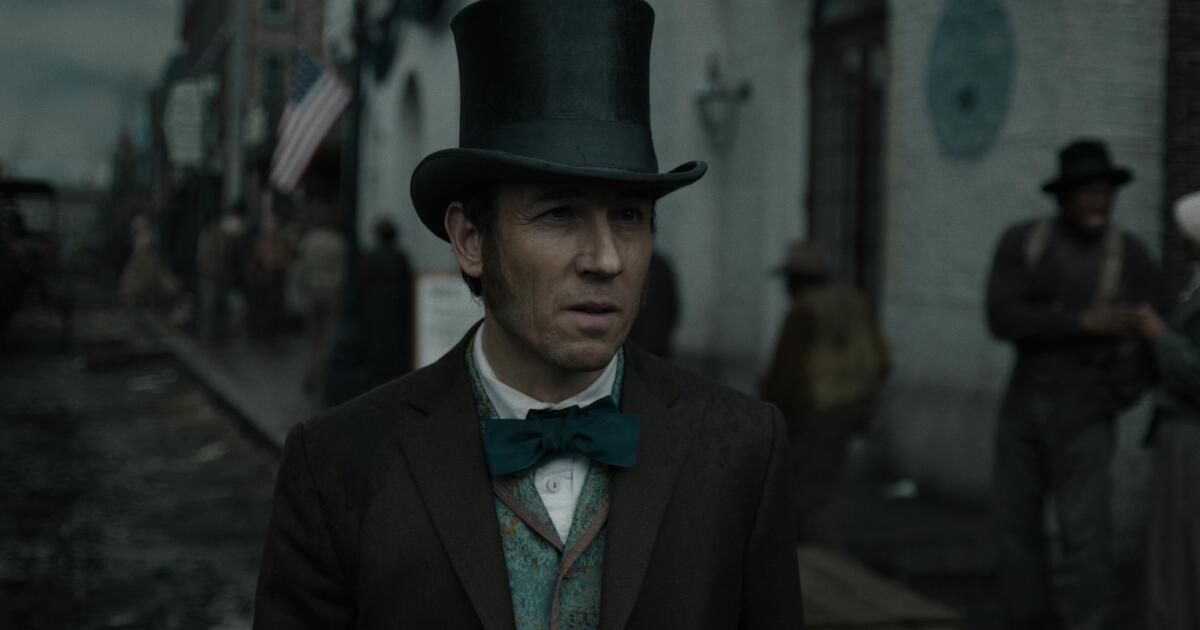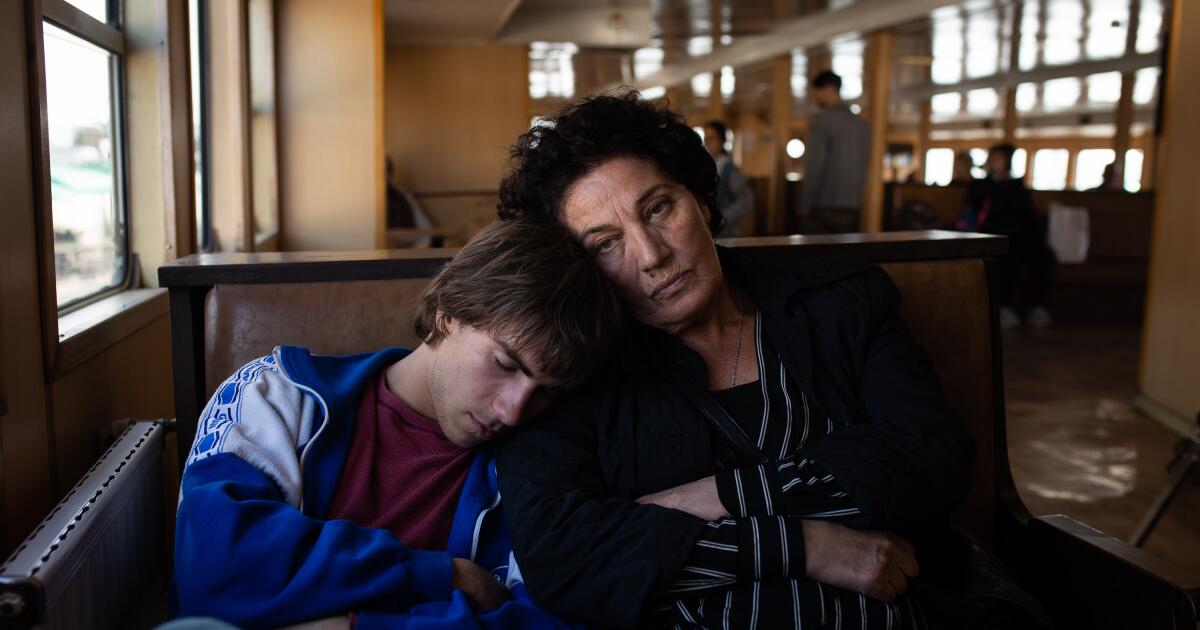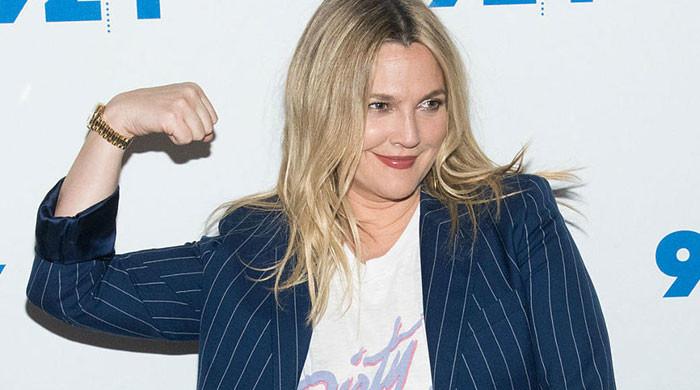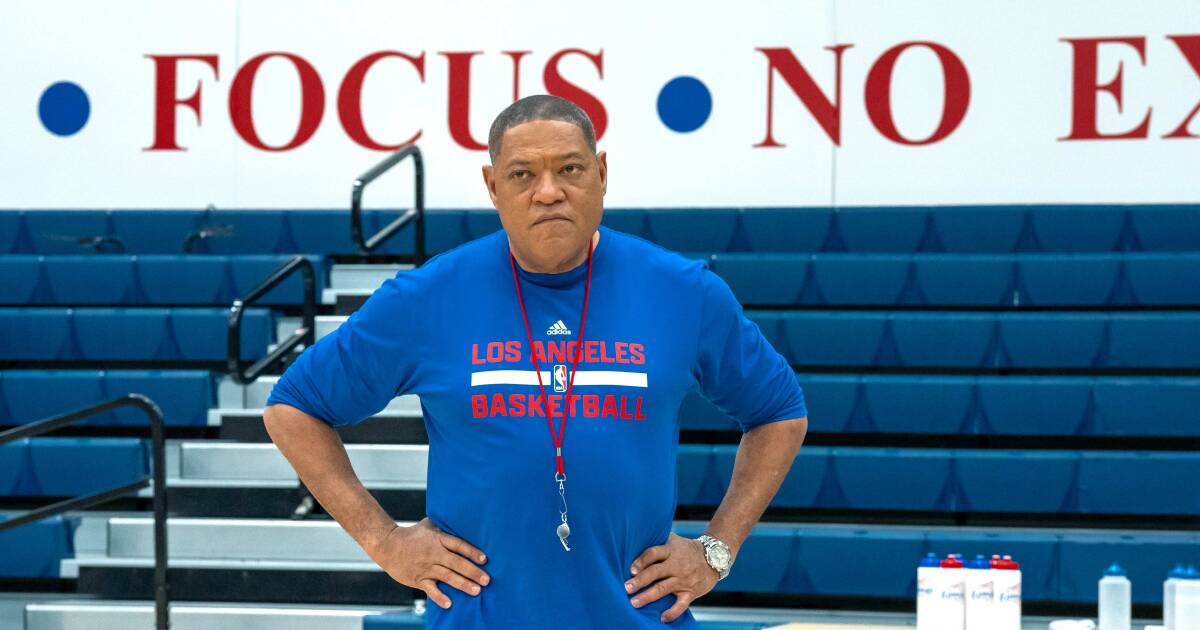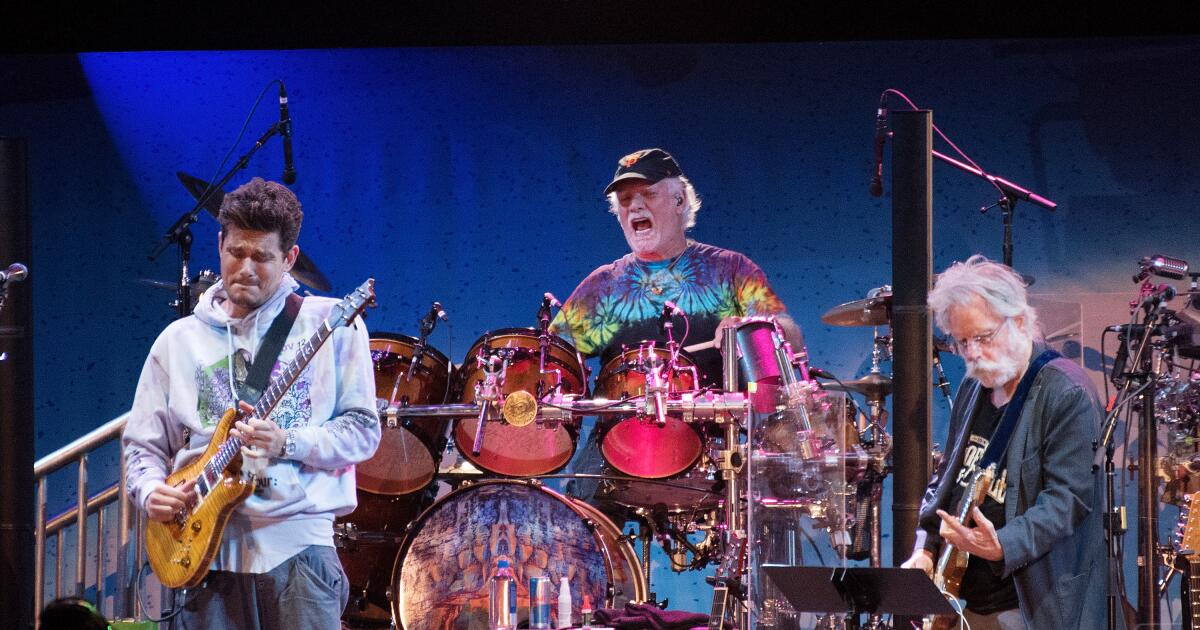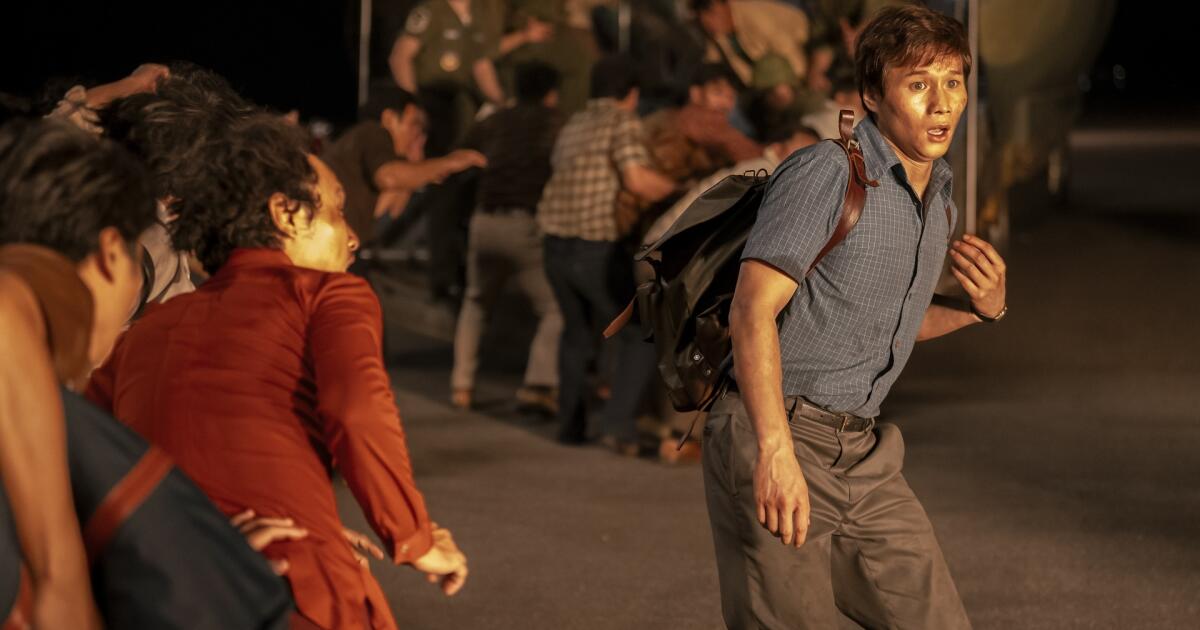Abraham Lincoln: maybe you've heard of him? Sixteenth president of the United States, assassinated five days after the end of the Civil War at Ford's Theater. John Wilkes Booth. Sic Semper tyrannis.
Well, I don't know what they're teaching in school these days, but I hope none of that is news to anyone. Still, there is always more to know. James L. Swanson's 2006 book, “Manhunt: The 12-Day Chase for Lincoln's Killer,” which focuses on the assassination and its aftermath, is one of thousands of deeply researched volumes on the president, his associates, his murderer and the murderer's associates; As if to prove a point, Swanson followed up with “Lincoln's Assassins: The Trial and Execution of Him” and “Bloody Crimes: The Persecution of Jefferson Davis and the Spectacular Death of Lincoln's Corpse.” Now, “Manhunt,” with supplemental sources, has been turned into a seven-episode docudrama by Monica Beletsky (“Parenthood,” Friday Night Lights”), premiering Friday on Apple TV+.
“Manhunt” follows general lines and touches on many particular points of the murder and its consequences, but, like all translations of this type, it takes liberties. Part of this is for dramatic effect, part for simplicity, part to make political points, and part, surely, is a matter of budget.
Lili Taylor as Mary Todd Lincoln and Hamish Linklater as Abraham Lincoln in “Manhunt.”
(Apple TV+)
Beletsky’s “Manhunt,” though derived from Swanson’s focused narrative, focuses on Booth (Anthony Boyle) and his nemesis, Secretary of War Edwin Stanton (Tobias Menzies, of “Outlander” and “The Crown”), a skeptic of Lincoln who eventually became the president's best friend and coordinated the search for his assassin.
While Booth's escape from Ford's Theater in Washington, DC more or less adheres to the well-known itinerary, the series has Stanton present in all sorts of places he wasn't, doing things he never did to keep him as a dramatically active character. . “Have you ever encountered a problem that you can delegate?” asks his wise and patient wife, Ellen (Anne Dudek).
It's no surprise that the series, whose directors include Carl Franklin and John Dahl, both of whom specialize in mysteries and thrillers, is most successful when it features Stanton as a detective: searching rooms, questioning witnesses, interrogating suspects, traveling north, to Montreal, hunting Confederates. spies, traveling south in search of Booth and, what's more, a detective in “this time, it's personal” mode. (I suppose “This is a crime scene” are not words the secretary ever said, nor did anyone else in 1865.) And he is asthmatic, which adds extra drama to the drama.
Menzies, who plays him without the historical Stanton's impressive mustache, the better to look like a 21st-century screen hero, captures his well-documented resolve, seriousness, impatience and impassive imperiousness. (“I would pay to see you laugh,” says Lincoln, played by Hamish Linklater, offering him his extra theater tickets.) He is a tough type of cabinet secretary, with a firm jaw and a steely gaze. All he needs is the raincoat; he has the gun.
More expressive and expansive is Booth, a popular actor from a family of actors, and is played by a sad-eyed Boyle, as seems to have been the case with the story's killers, smaller than life but large in their own right. (Twice people tell him he looks smaller in person.) He devours newspaper reports about the assassination (“I always read my reviews”) and keeps a diary that he hopes to see published when he escapes to a reborn Confederacy.
Booth takes advantage of her charm. “I could shoot this [gun] on Broadway in broad daylight and nothing would happen to me,” he says in one of several messages from the future of the series. (Stanton's “This is America. We replace our presidents with elections, not coups” is another.) David Herold (Will Harrison), his escape partner, is not so much a conspirator as a lovelorn lackey, and in a heavily revised account of Booth's experience at Garrett's farm, where he met his end, he flirts with the man's daughter. farmer, who, however, remembering the old joke, makes him sleep in the barn. (The farmer is not at home.)
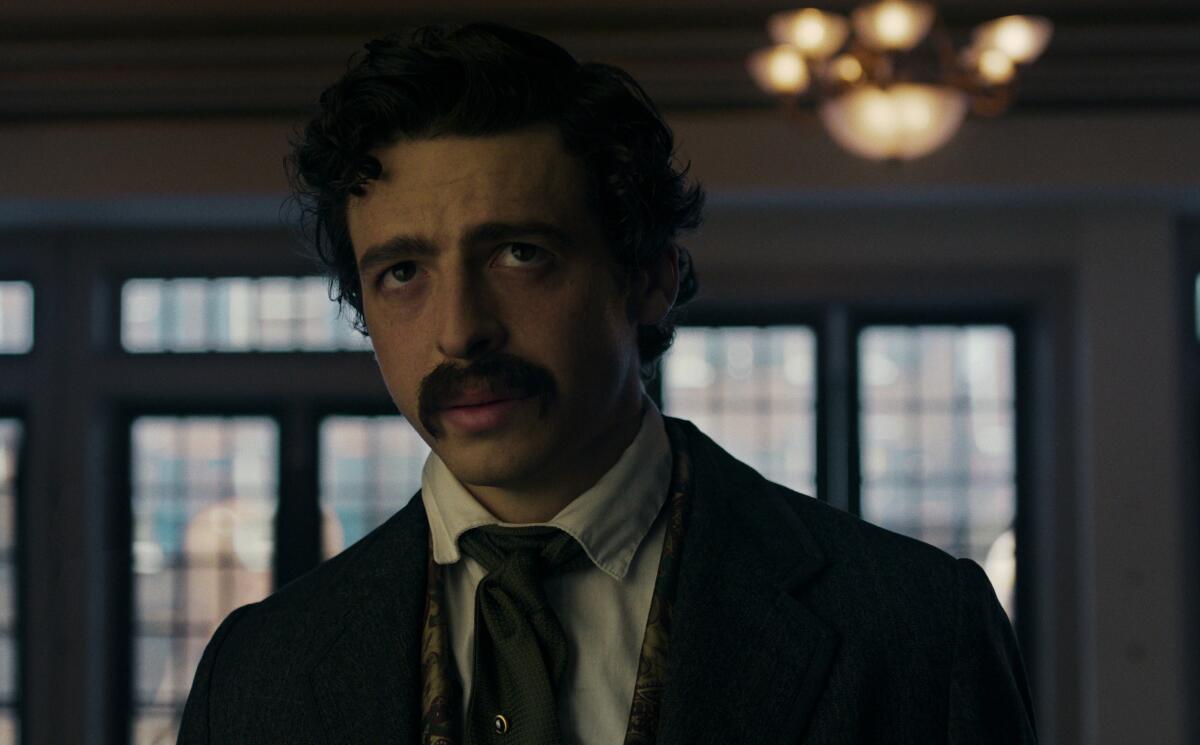
Sad-eyed Anthony Boyle plays John Wilkes Booth in “Manhunt.”
(Apple TV+)
Apple TV+ bills “Manhunt” as a “conspiracy thriller” about “one of the best-known but least understood crimes in history.” That's not strictly true: it doesn't really work as a thriller, and 16 decades of research, reporting and debate have made that pretty clear. (Though questions surrounding a larger conspiracy remain unresolved for some.)
But many of us will be hearing about some of these characters and their actions for the first time. Even the fact that Lincoln's assassination was only the main component of what was supposed to be a three-pronged attack: including Secretary of State William Henry Seward (Larry Pine), who survived his, and Vice President Andrew Johnson (Glenn Morshower , banal and evil), whose designated killer never appeared, is often left out of the narrative. (Anyway, I don't remember mentioning it in history class.)
Additionally, there has been a concerted effort to expand the quest with themes of emancipation and enfranchisement and the effects of slavery, giving screen time to black characters and causes, rather than allowing this to simply be a white man's story. chasing another. Which seems fair. The most significant is Mary Simms (Lovie Simone), a deluded servant of Dr. Samuel Mudd (Matt Walsh), who healed Booth's broken leg; Simms, one of 10 blacks who testified at the conspirators' trial, is used to illustrate both Mudd's and Booth's racism, as well as issues of Reconstruction and education. And there's Elizabeth Keckley (Betty Gabriel), a former slave who became a dressmaker and confidant to Mary Todd Lincoln (Lili Taylor), and helped found the Contraband Relief Assn. She (“smuggled” in reference to black refugees of undetermined status) and she wrote the memoir “Behind the Scenes, or Thirty Years of Slavery and Four Years in the White House,” which is duly included. Her life could become a miniseries.
Among other characters that are part of a large cast of heroes, villains and spectators is Atty. General Edward Bates, who had actually left the cabinet the previous year but is played charmingly by John Billingsley, and Patton Oswalt as the detective. Lafayette Baker, head of the National Police Detectives. “Scoundrel”, “rogue” and “liar” are words that tend to accompany Baker's name, but here he appears as Oswalt with a beard, which is to say, something sweet. And there's Linklater's unusually optimistic Lincoln, of course. The president was reported to be in especially good spirits in those few postwar days and had, in fact, expressed a desire to visit California, as he does here. (He probably didn't say, “We could go to the beach.”)
The series is well furnished and dressed and moves spiritedly through alternating scenes of action and reflection; It is varied enough not to get bored. But it is very much a television show, with television rhythms, made to entertain before informing. The problem with any docudrama is that once you know some things are wrong or made up, you start to question the rest; I'm sure I'm not the only viewer driven to check out such shows and will dive into Google or grab Swanson's book for comparison. It reminds us not to confuse such representations, filtered through writers, directors and actors, with facts.
But if this motivates you to continue investigating, all the better. Learning is good and fun.

